
When embarking on an injection molding project, the selection of materials is paramount to the success of the final product.
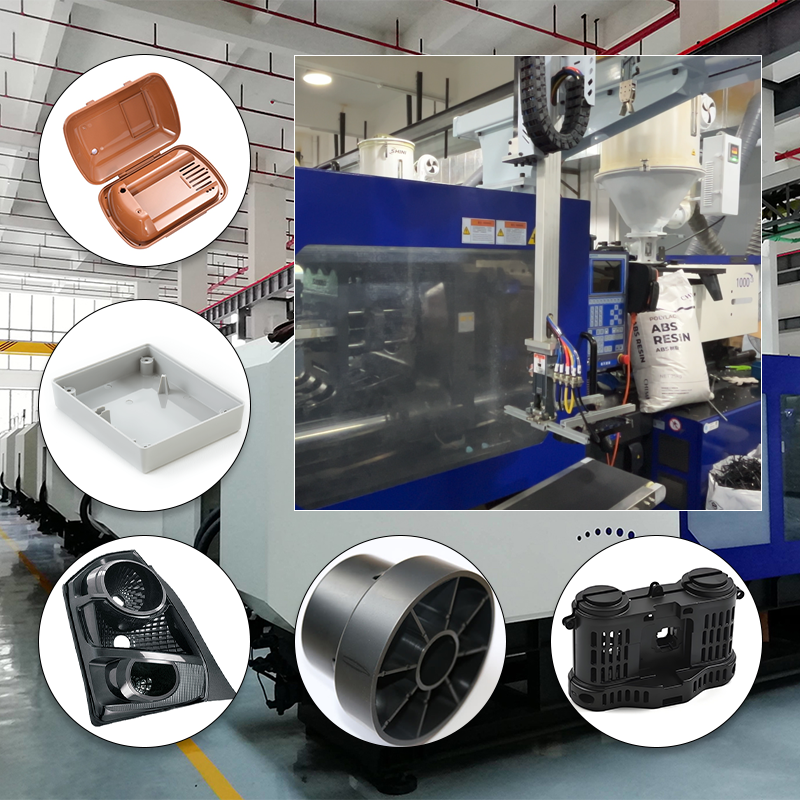

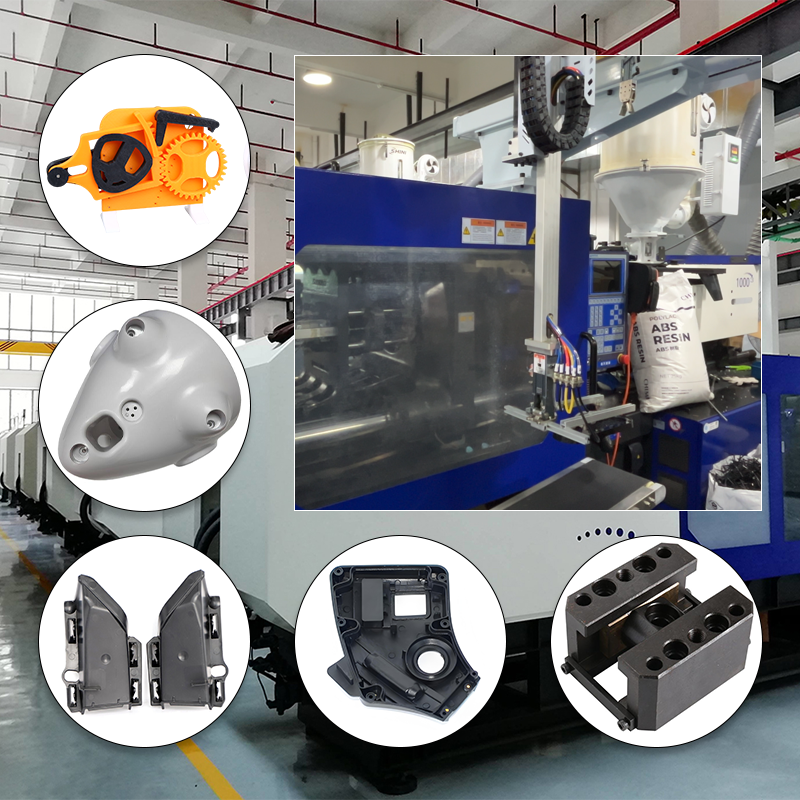
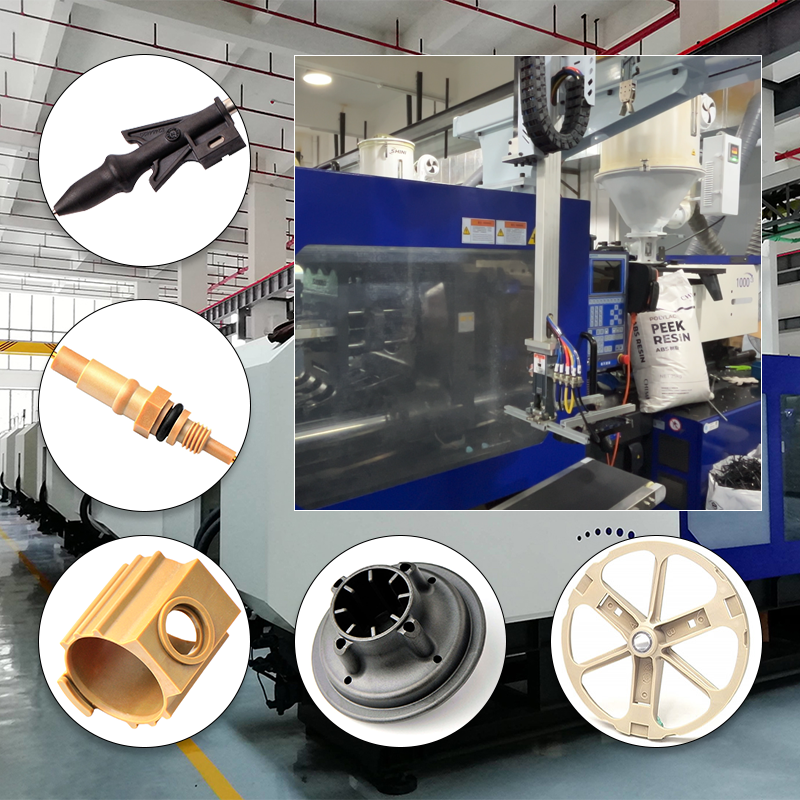
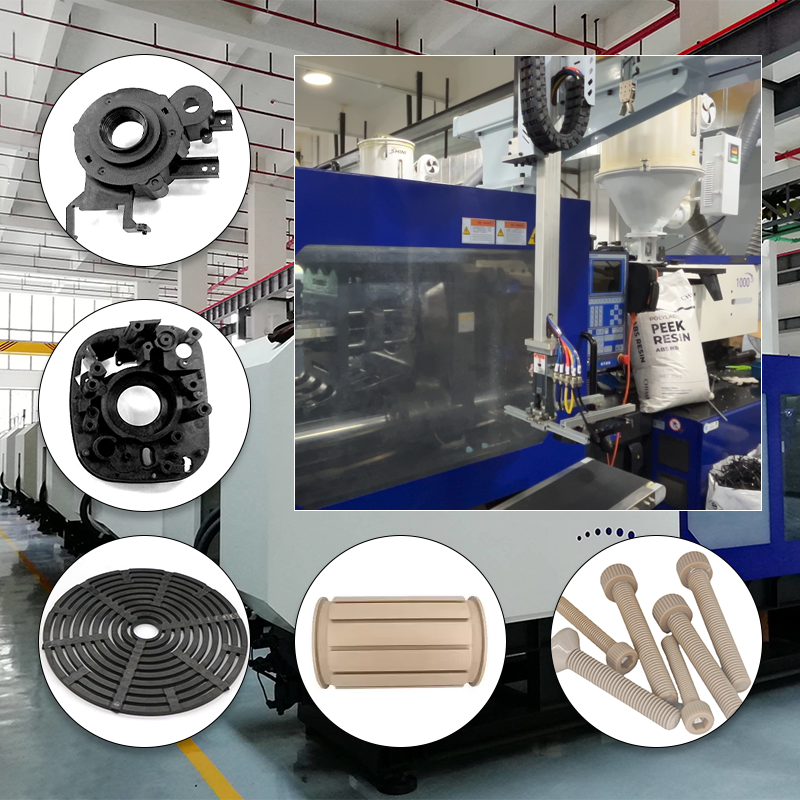
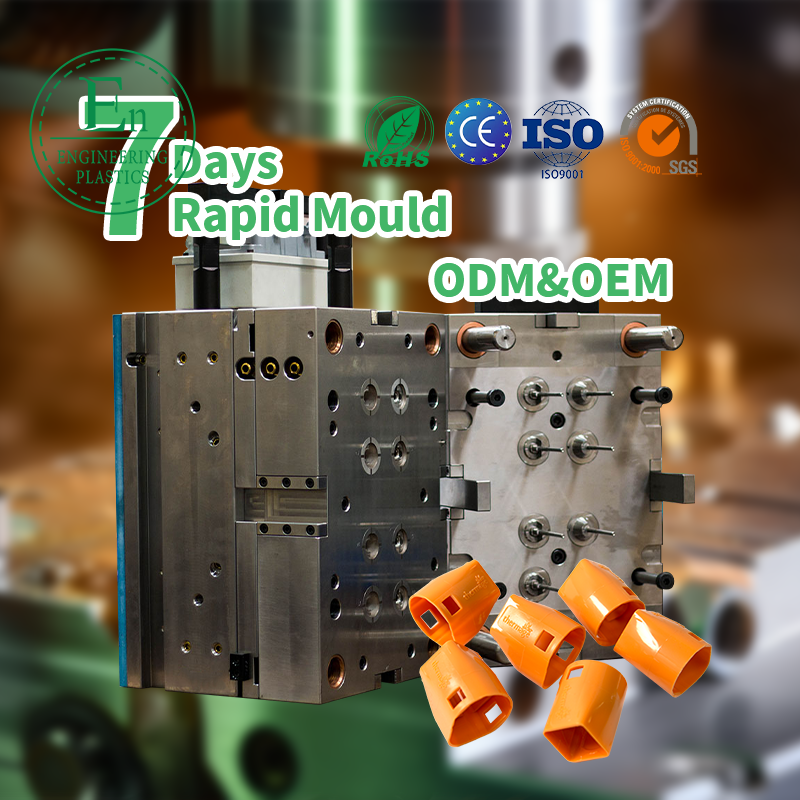
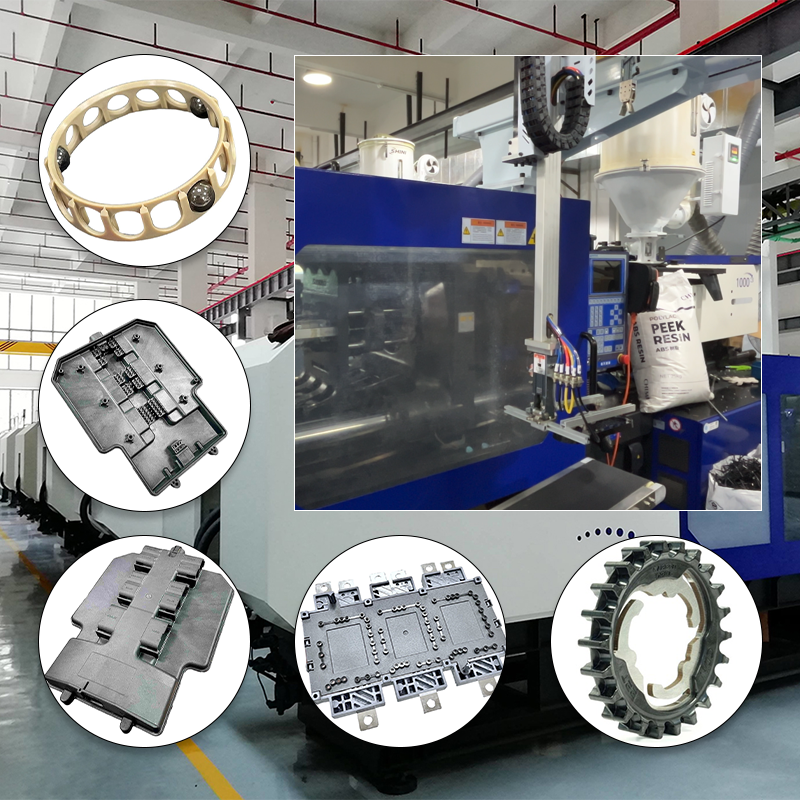
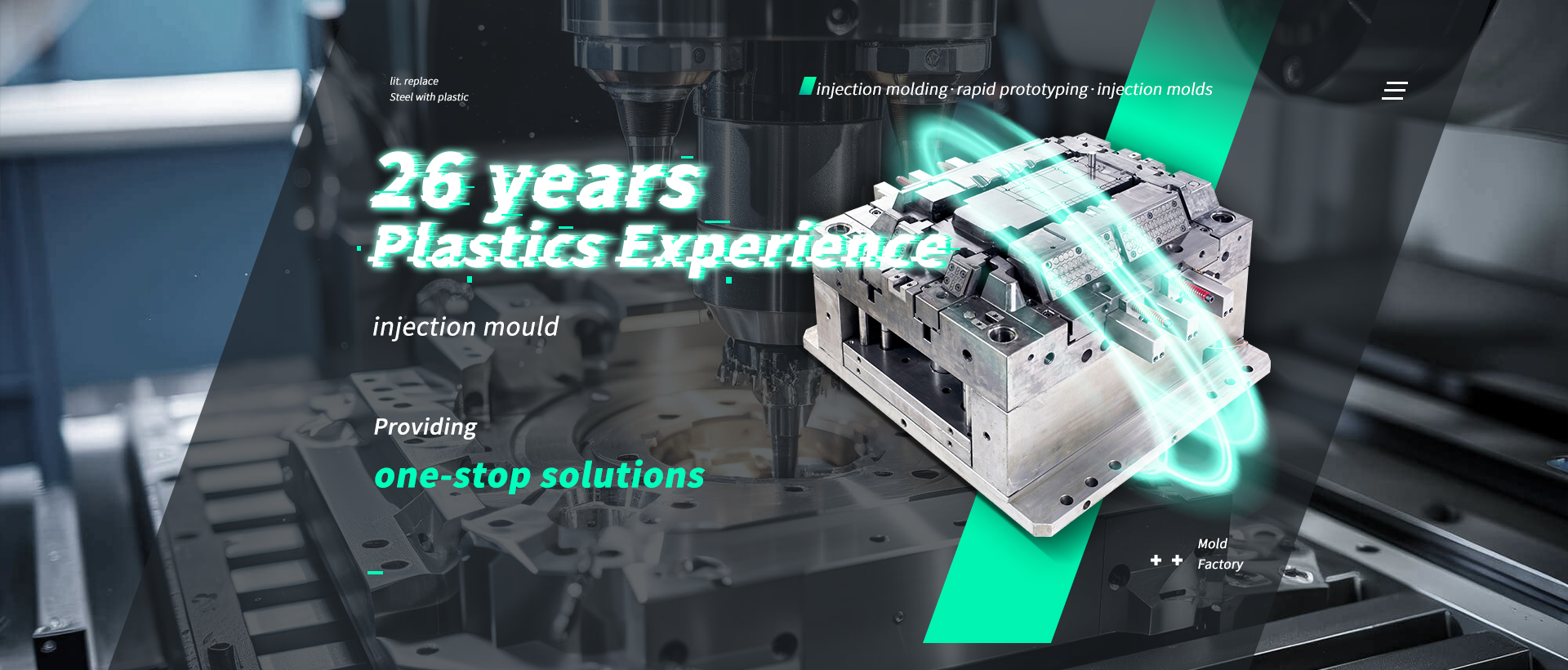
When embarking on an injection molding project, the selection of materials is paramount to the success of the final product. One of the first factors to consider is the intended use of the molded parts. Understanding the environment in which the product will be used can significantly influence material choice. For instance, if the parts will be exposed to harsh chemicals, a more resistant material, such as certain thermoplastics or specialized resins, may be required. Conversely, if the product is intended for light-duty applications, more common materials might suffice.
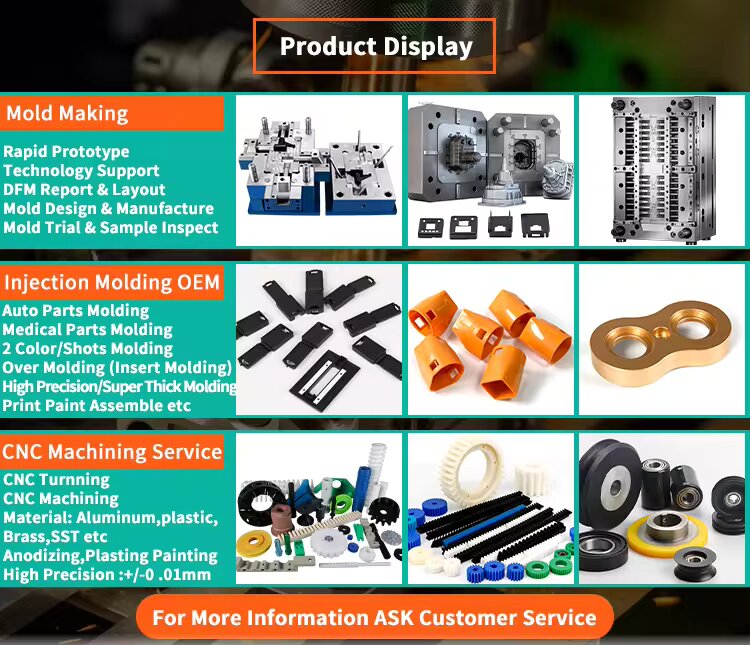
Common Types of Injection Molding Materials
Injection molding encompasses a wide array of materials, each with its unique characteristics and applications. The most commonly used materials in injection molding are thermoplastics, which can be melted and reformed multiple times. Polypropylene (PP) is one of the most popular thermoplastics, known for its excellent chemical resistance, low density, and versatility. It's widely used in packaging, automotive parts, and consumer goods due to its cost-effectiveness and ease of processing.
Another prevalent category is thermosetting plastics, which cannot be remelted after curing. Materials like epoxy and phenolic resins fall into this category, offering exceptional strength and thermal stability. These materials are often used in applications requiring robust structural integrity, such as electrical components and automotive parts. Although they may be more challenging to process, their durability often justifies the extra effort.
Metals, including aluminum and steel, are also used in injection molding, particularly for applications demanding superior strength and heat resistance. Metal injection molding (MIM) allows for the production of complex geometries that would be difficult to achieve through traditional machining methods. This technology is gaining traction in industries like aerospace and medical devices, where precision and performance are critical.